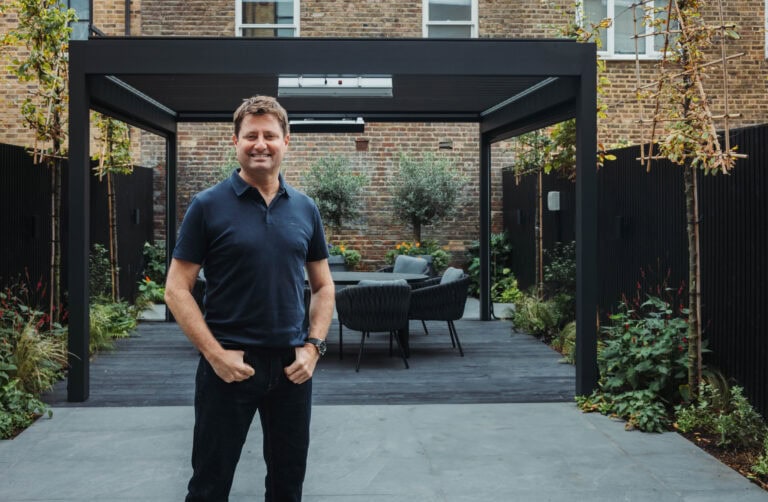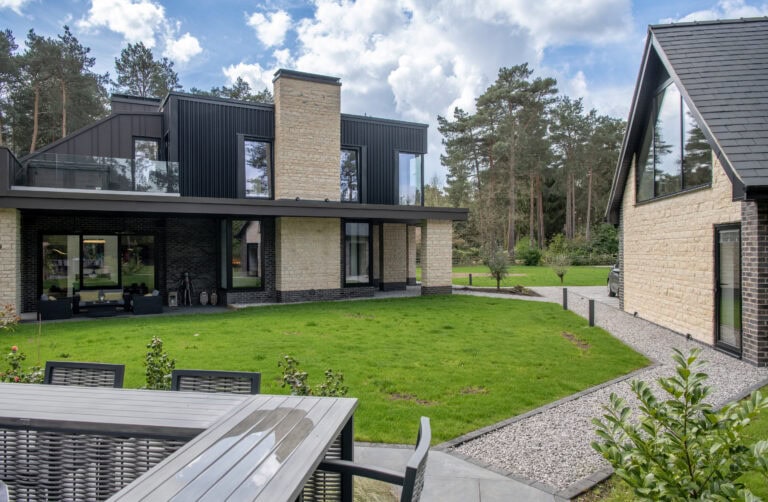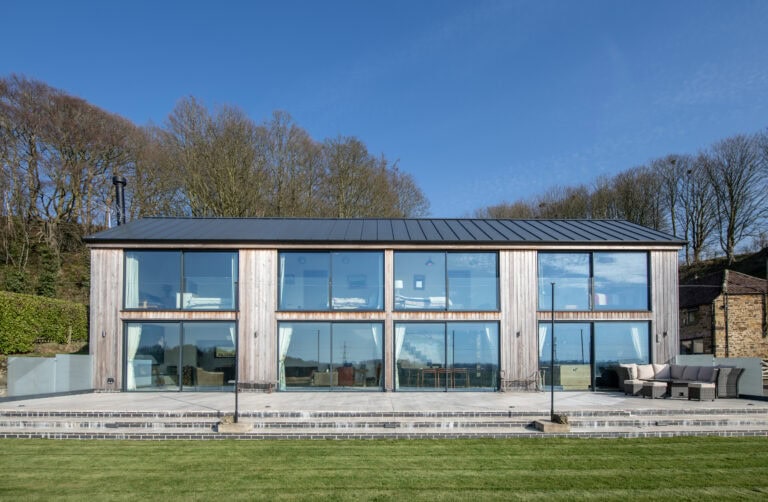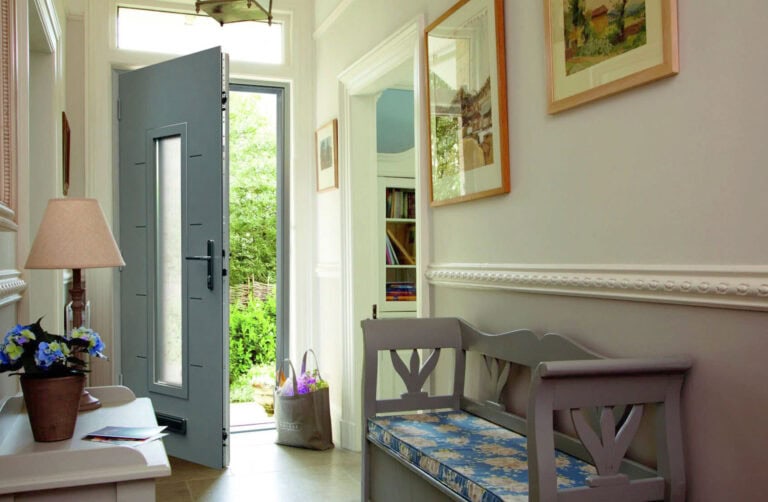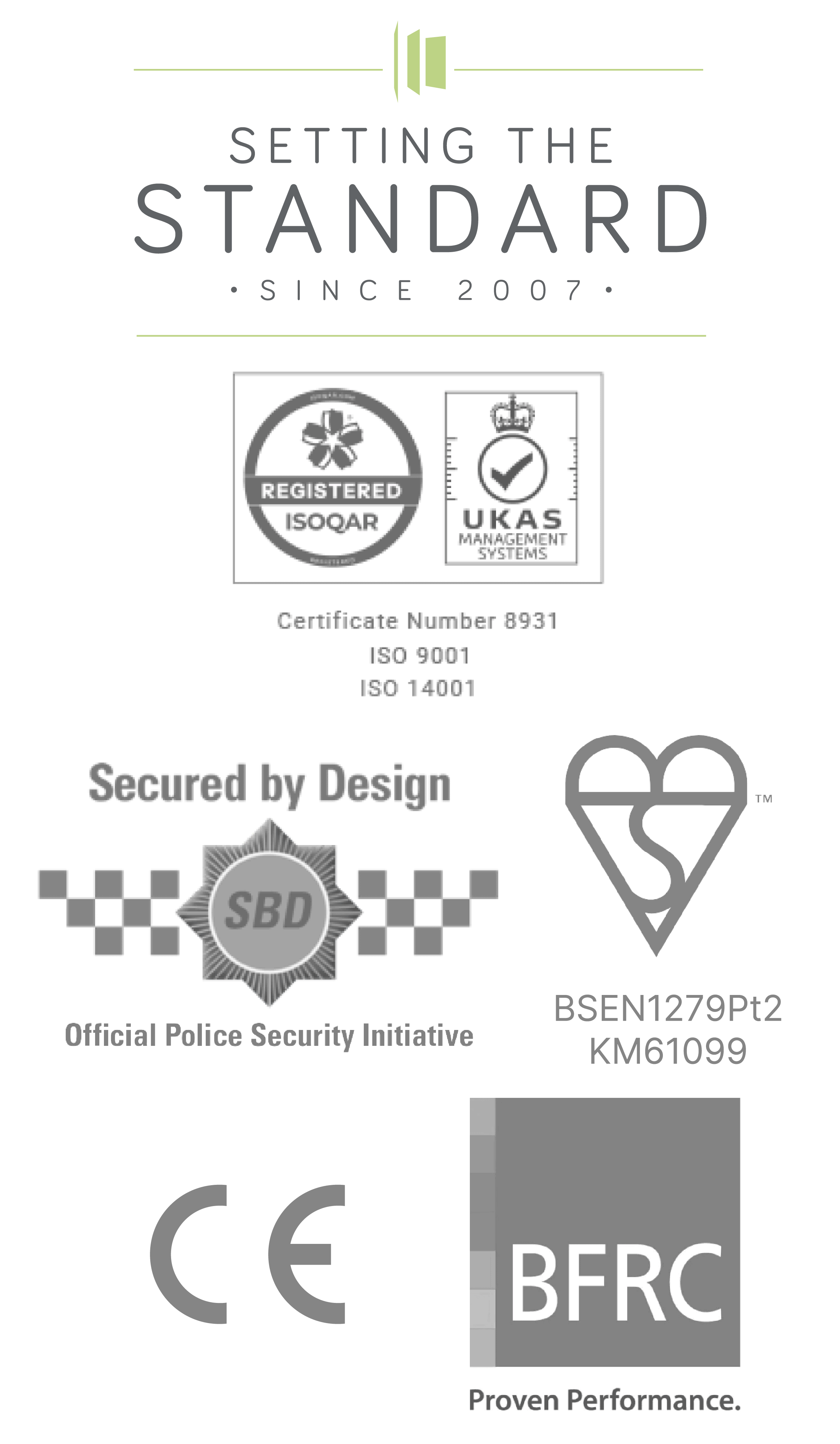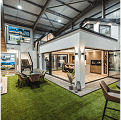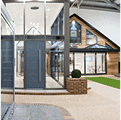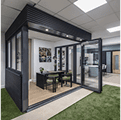What is Permitted Development? Everything You Need to Know
Permitted development is one of those terms that gets thrown around a lot when you’re thinking about renovating, and it can feel a bit daunting. But once you break it down, it’s actually pretty straightforward.
Whether you’re thinking about an aluminium conservatory extension, building a Garden Room, or adding bifold doors and sliding doors, knowing where permitted development ends and planning permission begins is key.
Common FAQs About Permitted Development
What is Permitted Development?
As the government puts it: “Permitted development rights allow the improvement or extension of homes without the need to apply for planning permission, where that would be out of proportion with the impact of the works carried out”. These rights are tied to the property as it was originally built, or, if it’s an older home, how it stood on 1st July 1948.
Permitted development rights come with conditions and limitations, meaning not everything can be done freely. However, they can save you a lot of time and paperwork, if your plans fit within the permitted development laws.

Permitted Development vs Planning Permission; Are They The Same?
Not quite. Permitted development rights allow you to carry out certain changes without needing to go through the planning permission process. Planning permission, on the other hand, is a formal request made to your local authority to conduct work that exceeds permitted development rights.
It’s easy to confuse the two, especially when talking about house extensions or alterations, but understanding the difference helps avoid frustrating delays and costly surprises.
What Changes Can I Make Under Permitted Development?
There’s quite a lot you can do under permitted development rights, as long as your plans meet the rules. Here are some common examples of permitted development:
- Rear extensions
- Two-storey extensions
- Side extensions
- Loft conversions
- Garage conversions
- Outbuildings (like garden rooms and sheds)
- Porches
- External cladding or render changes
- Adding new storeys to existing buildings
For instance, features like bifold doors, sliding doors, aluminium windows or even aluminium conservatories often fall under what’s known as Class A permitted development; but be aware, there are limits.
If your home is in a Conservation Area, is a Listed Building, or if the work doesn’t stay within height and boundary guidelines, you might need planning permission after all.
Want to refresh your front door with a stunning pivot door or add frameless glass sliding doors? These are usually covered, but always worth checking the finer details first.
When Do Permitted Development Rights Not Apply?
In some parts of the country, permitted development rights are more restricted, especially in what’s known as “designated areas.” That means even smaller projects may need planning permission.
These areas include:
- Conservation Areas
- National Parks
- Areas of Outstanding Natural Beauty (AONB)
- World Heritage Sites
- The Norfolk or Suffolk Broads
If your property sits in one of these zones, the permitted development rules might not apply, or they’ll be much stricter. You may also come across something called an Article 4 Direction, which removes permitted development rights altogether for specific streets or areas.

What About Outdoor Structures?
Thinking of adding something to your garden? Good news: structures like pergolas, verandas, carports, and garden rooms can often be built under permitted development, as long as they follow a few simple rules.
In most cases, they’ll need to be single-storey, stay within a set height, and not take up more than 50% of your outdoor space. Sounds simple enough, but as we’ve already seen there are exceptions. If your home is listed, in a Conservation Area, or covered by an Article 4 Direction, you may still need planning permission.
If you’re looking to give your garden a glow-up, our sister company, Exterior Spaces, offers beautifully crafted aluminium outdoor structures that can be designed within permitted development limits.

How Can I Check If My Project Qualifies?
The best way to find out whether your plans fall under permitted development is to check with your local planning authority. They’ll know if your property has any restrictions, and they can confirm if your planned works fit the permitted development extension rules.
You can also look into something called a Lawful Development Certificate (LDC). This isn’t compulsory, but it gives you peace of mind by confirming in writing that your plans don’t need planning permission.
Understanding permitted development rights can save you time, money, and stress when planning home improvements. While many projects, like aluminium conservatories, garden rooms, and new doors, can be completed without the hassle of planning permission, it’s important to check the rules carefully, especially if your property is in a protected area. When in doubt, consulting your local planning authority or obtaining a Lawful Development Certificate can give you peace of mind.
At Express, we’re here to help you navigate these rules and bring your vision to life with bespoke aluminium windows, doors, and outdoor structures that can be designed to meet permitted development guidelines. Explore our other blogs for more expert advice, or visit one of our showrooms to speak with a specialist about your next project.
